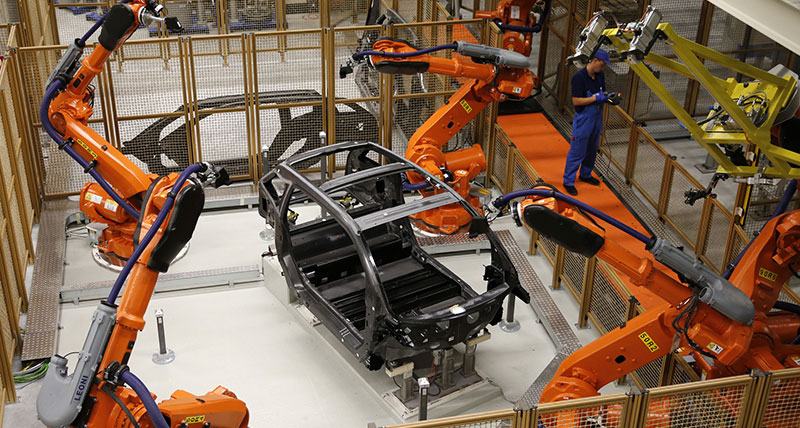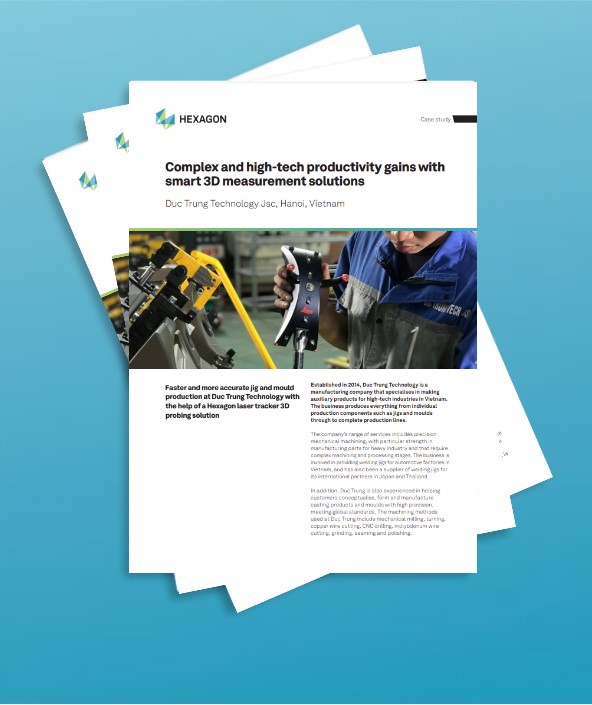Composite materials in automotive
Driving the use of composite materials in vehicle manufacturing
Contact us

There are a wide range of automotive manufacturers who are very familiar with integrating composite materials into their most high-end vehicles, from supercar makers to Formula 1 racing teams. Many manufacturers are now migrating this technology into their consumer vehicle ranges.
Source: BMW
More prominently, BMW also inaugurated the world’s first high-volume carbon-composite production line with their 7 Series. Using what was learned in making the i-Series models, the new carbon core of the BMW 7 Series enables a weight reduction of 130 kilograms.
Source: BMW
The lightweight composite material gives the car three significant advantages: a substantial body weight reduction of 230 kilograms; a 45 percent increase in torsional stiffness; and lower centre of gravity for better handling, performance and drivability.
Reference: www.polestar.com/uk
BMW
German manufacturer BMW has taken a leading role in the world of composites and particularly in high-volume carbon-fibre part production. The entire passenger cabin of the lightweight BMW i3 and i8 Life module is made from 150 carbon-fibre composite material components. This has enabled a 50 percent weight reduction compared to steel and 30 percent compared to aluminium, as well as halving conventional production time.Source: BMW
More prominently, BMW also inaugurated the world’s first high-volume carbon-composite production line with their 7 Series. Using what was learned in making the i-Series models, the new carbon core of the BMW 7 Series enables a weight reduction of 130 kilograms.
Source: BMW
Polestar / Volvo
The Polestar 1, from the performance road car brand of the Volvo Car Group, is almost completely constructed from carbon fibre-reinforced plastic (CFRP) for maximum stiffness, torsional rigidity and lightness.The lightweight composite material gives the car three significant advantages: a substantial body weight reduction of 230 kilograms; a 45 percent increase in torsional stiffness; and lower centre of gravity for better handling, performance and drivability.
Reference: www.polestar.com/uk

